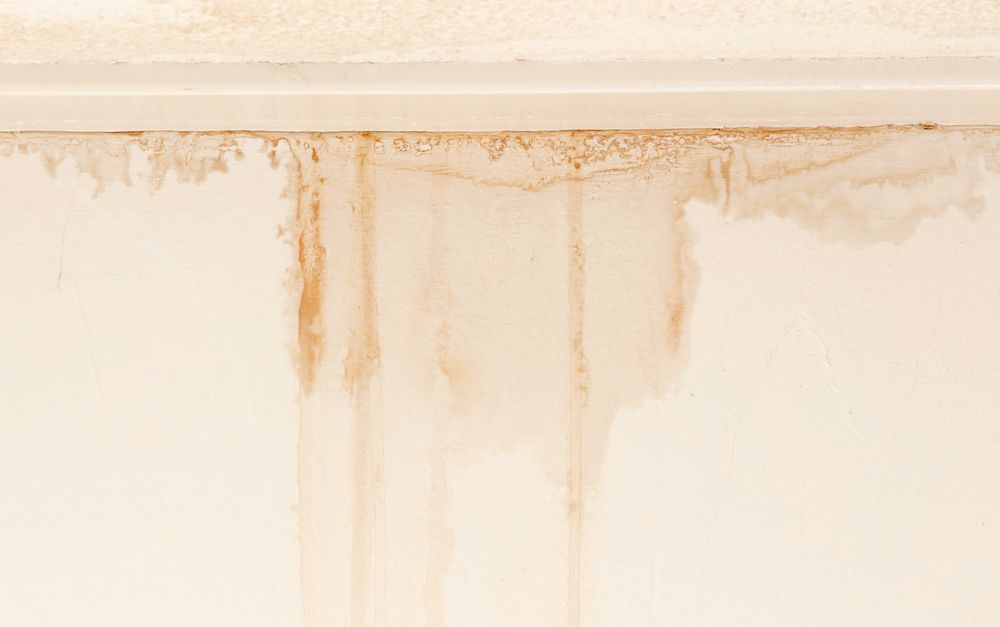We've stumbled upon this post involving Locating water leaks listed below on the web and felt it made good sense to share it with you over here.

Early detection of leaking water lines can minimize a prospective catastrophe. Besides saving you money, it will lessen the aggravation and aggravation. The moment you find a leak, calling your plumber for repair work is the very best service. Some small water leaks might not be noticeable. If you can not discover it with your nude eyes, here are some hacks that help.
1. Check Out the Water Meter
Inspecting it is a surefire way that helps you uncover leaks. If it moves, that suggests a fast-moving leak. This means you may have a slow leak that might also be underground.
2. Check Water Usage
If you find unexpected changes, in spite of your intake being the exact same, it implies that you have leakages in your plumbing system. An abrupt spike in your expense suggests a fast-moving leakage.
A consistent rise every month, also with the exact same habits, reveals you have a slow-moving leakage that's likewise gradually intensifying. Call a plumber to completely examine your residential or commercial property, specifically if you really feel a warm location on your floor with piping below.
3. Do a Food Coloring Examination
When it comes to water consumption, 30% comes from commodes. If the shade somehow infiltrates your dish throughout that time without flushing, there's a leak in between the tank and also bowl.
4. Asses Exterior Lines
Do not forget to check your outside water lines too. Examination spigots by affixing a yard hose. Needs to water leak out of the link, you have a loose rubber gasket. Replace this and make certain all links are tight. It will aid get it skillfully checked out and preserved every year if you have actually obtained a sprinkler system. One small leakage can waste lots of water as well as surge your water costs.
5. Evaluate and Evaluate the Circumstance
House owners must make it a behavior to examine under the sink counters and even inside closets for any kind of bad odor or mold and mildew growth. These two red flags show a leakage so timely attention is required. Doing regular assessments, also bi-annually, can save you from a significant issue.
More notably, if you recognize your residence is currently old, keep a watchful eye on your heating systems, pipes, pipes etc. Check for stainings and also compromising as the majority of home appliances and also pipes have a life span. They will additionally naturally deteriorate as a result of deterioration. Do not wait for it to intensify if you think leaking water lines in your plumbing system. Call an expert plumber as soon as possible so you do not end up with a horrible mess in your house.
Early discovery of leaking water lines can mitigate a potential disaster. Some little water leakages may not be visible. Inspecting it is a proven way that assists you uncover leaks. One tiny leak can waste lots of water as well as surge your water bill.
If you presume dripping water lines in your plumbing system, do not wait for it to escalate.
WARNING SIGNS OF WATER LEAKAGE BEHIND THE WALL
PERSISTENT MUSTY ODORS
As water slowly drips from a leaky pipe inside the wall, flooring and sheetrock stay damp and develop an odor similar to wet cardboard. It generates a musty smell that can help you find hidden leaks.
MOLD IN UNUSUAL AREAS
Mold usually grows in wet areas like kitchens, baths and laundry rooms. If you spot the stuff on walls or baseboards in other rooms of the house, it’s a good indicator of undetected water leaks.
STAINS THAT GROW
When mold thrives around a leaky pipe, it sometimes takes hold on the inside surface of the affected wall. A growing stain on otherwise clean sheetrock is often your sign of a hidden plumbing problem.
PEELING OR BUBBLING WALLPAPER / PAINT
This clue is easy to miss in rooms that don’t get much use. When you see wallpaper separating along seams or paint bubbling or flaking off the wall, blame sheetrock that stays wet because of an undetected leak.
BUCKLED CEILINGS AND STAINED FLOORS
If ceilings or floors in bathrooms, kitchens or laundry areas develop structural problems, don’t rule out constant damp inside the walls. Wet sheetrock can affect adjacent framing, flooring and ceilings.
https://www.servicemasterbyzaba.com/blog/how-to-detect-water-leakage-in-walls/

I stumbled upon that piece on Finding hidden leaks when doing a search on the web. Sharing is nice. Helping people is fun. Kudos for your time. Please come visit our blog back soon.